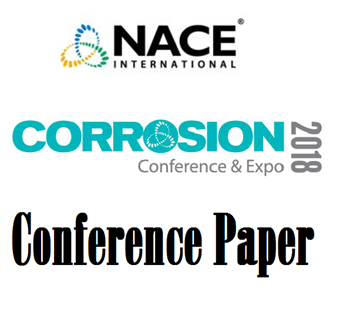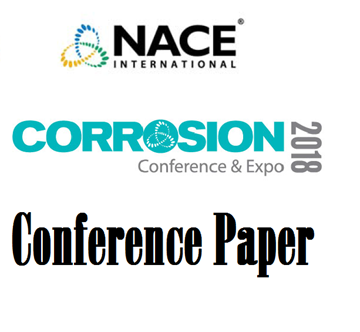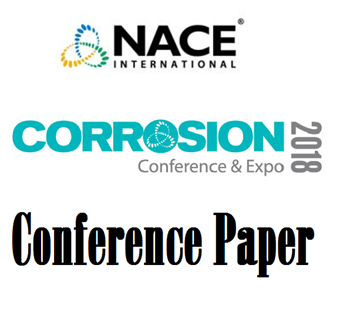Search
51318-11541-Corrosion of Casing Vapor Recovery System in Steam Flooding Operation
Also Purchased
51318-11547-Development of New Titanium Products and Alloys for Geothermal Well Casing
Product Number:
51318-11547-SG
Publication Date:
2018
$20.00
51318-11540-Experience from ER Probes and Coupons from Under Tank Applications of VCI
Product Number:
51318-11540-SG
Publication Date:
2018
$20.00
51318-11529-Evaluation of macrofouling crevice characteristics in MIC of steel
Product Number:
51318-11529-SG
Publication Date:
2018
$20.00




